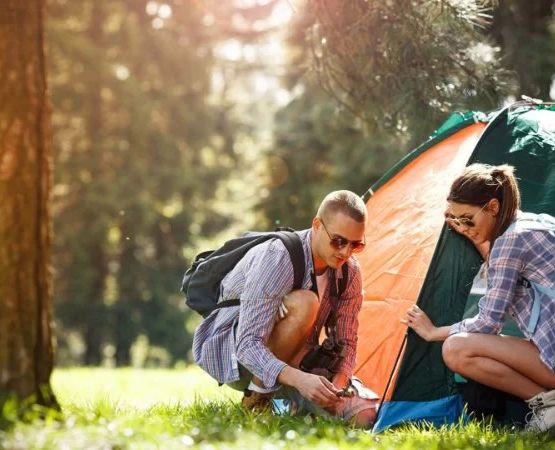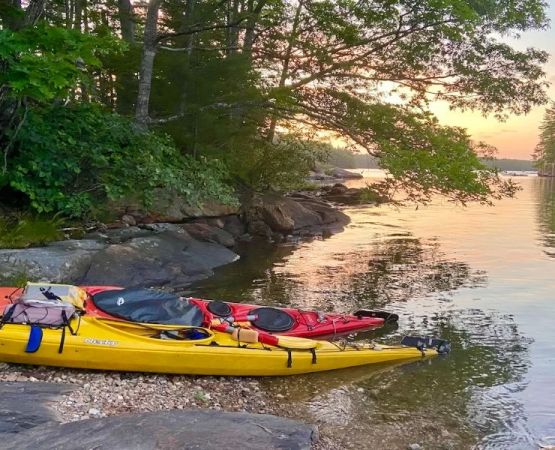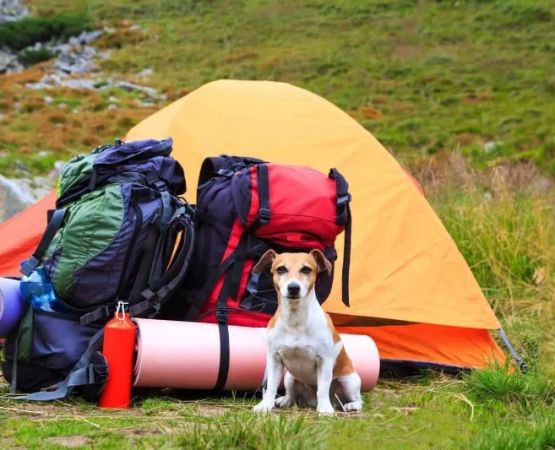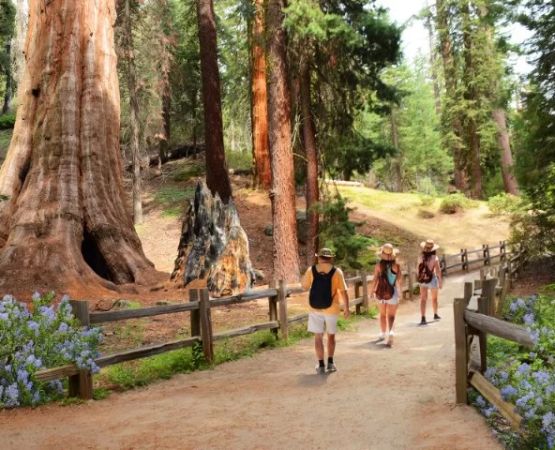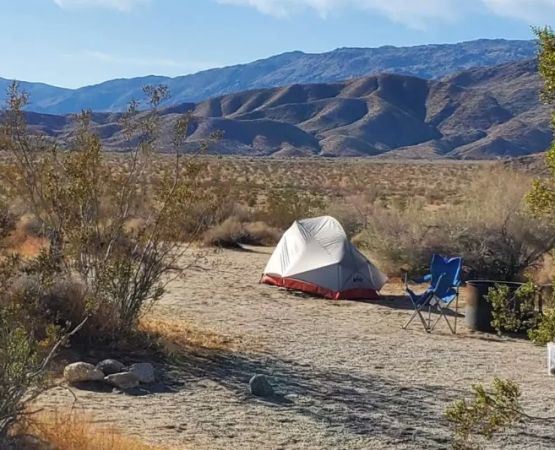- What is Escarpment Ridge Camping?
- Best Time to Camp in Escarpment Ridge Valleys
- Essential Gear for Escarpment Ridge Camping
- How to Navigate Escarpment Ridge Valleys
- Safety Tips for Camping in Escarpment Ridge Valleys
What is Escarpment Ridge Camping?
Escarpment ridge valleys are natural formations that offer some of the most stunning and remote locations for camping. These valleys are typically located at the edge of a cliff or a ridge, offering expansive views of the surrounding landscape. If you enjoy the outdoors and are looking for an off-the-beaten-path camping experience, escarpment ridge valleys might be the perfect destination. However, camping in these areas presents unique challenges, including navigating rugged terrain, dealing with sudden weather changes, and ensuring proper safety measures are in place. Understanding the nuances of escarpment ridge camping can make your experience enjoyable and memorable.
Whether you're a seasoned backpacker or a novice camper, preparing for a trip in the escarpment ridge valleys involves careful planning. These areas often require self-sufficiency, as amenities and services can be sparse. The rewards, however, are immense—untouched natural beauty, serene surroundings, and a deeper connection to nature. In this guide, we’ll walk through the essential information you need to know to camp in escarpment ridge valleys, from the best times to visit to safety tips for the rugged terrain.
Best Time to Camp in Escarpment Ridge Valleys
Choosing the right time to camp in escarpment ridge valleys is crucial for a safe and enjoyable experience. These regions are often remote and affected by the weather, which can vary drastically depending on the season. The best time to camp in escarpment ridge valleys is typically during the warmer months when conditions are more stable, and the trails are more accessible. However, there are benefits to camping in both spring and fall, each offering a unique experience.
1. Spring: A Time for Rebirth
Spring in escarpment ridge valleys is a beautiful time to visit. The weather is usually mild, and the landscape comes alive with blooming flowers and fresh greenery. This is a great time for those who enjoy hiking and exploring nature without the extreme temperatures of summer. Keep in mind that spring can also bring rain, so it's important to pack accordingly and be prepared for potential wet conditions.
2. Summer: Peak Season for Outdoor Adventures
Summer is the peak season for camping in many escarpment ridge valleys. The temperatures are typically warmer, and most trails are clear of snow or ice. This makes it an ideal time for campers who want to explore more challenging trails or set up camp in higher elevations. However, because this is the most popular time for camping, it’s important to plan ahead and book campsites or permits early to avoid crowds.
3. Fall: Peace and Tranquility
Fall offers a quieter experience in the escarpment ridge valleys, with cooler temperatures and fewer visitors. The changing colors of the leaves create a breathtaking backdrop for your camping experience. This time of year is perfect for those who prefer solitude and want to avoid the summer rush. However, as temperatures can drop significantly in the evenings, it’s important to be prepared with warm clothing and sleeping gear.
Essential Gear for Escarpment Ridge Camping
Camping in escarpment ridge valleys requires more than just the basics. Due to the remote nature of these areas and the rugged terrain, it's important to be well-prepared with the right gear. Here’s a breakdown of essential camping gear you’ll need for escarpment ridge valleys:
1. Tent and Sleeping Bag
Choosing the right tent is critical, especially when camping in elevated areas. Look for a lightweight, weather-resistant tent that can withstand wind and rain. For sleeping, ensure your sleeping bag is rated for the season—if you're camping in fall or spring, you may need a sleeping bag rated for colder temperatures. Also, consider bringing a sleeping pad for added comfort and insulation from the cold ground.
2. Navigation Tools
Navigating through escarpment ridge valleys can be challenging due to steep slopes and dense forests. A good map, compass, or GPS device is essential. It's also wise to have a backup navigation tool, such as a compass or an altimeter, in case your electronic device fails. Make sure you're familiar with how to use these tools before heading out into the wilderness.
3. Cooking and Hydration Gear
When camping in remote valleys, access to fresh water may be limited. Make sure you bring a reliable water filter or purification tablets, as well as enough water to keep you hydrated throughout your trip. Cooking gear should include a lightweight stove, fuel, and easy-to-prepare meals that don’t require a lot of cooking time or equipment. Don’t forget to bring utensils, food storage, and a lightweight pot or pan.
4. First Aid Kit and Emergency Gear
Safety is a top priority when camping in escarpment ridge valleys. A well-stocked first aid kit is essential, especially if you’re venturing into rugged terrain. Include items like bandages, antiseptics, pain relievers, and any necessary medications. Emergency gear like a whistle, flashlight, and multi-tool will also help you handle unexpected situations. If you're camping solo, it’s also recommended to bring a satellite messenger or emergency beacon to alert rescuers in case of an emergency.
How to Navigate Escarpment Ridge Valleys
Escarpment ridge valleys can present significant challenges for campers due to their steep inclines and rugged terrain. Effective navigation is crucial for safety and ensuring that you stay on track. Here are some key tips to help you navigate the valleys:
1. Understand the Terrain
Before setting off, make sure to study maps of the area. Familiarize yourself with the topography, including ridges, valleys, streams, and potential hazards like cliffs or rock slides. This will help you avoid getting lost or encountering dangerous areas. Understanding the terrain also allows you to plan your routes more effectively, including where to set up camp and where to rest.
2. Mark Landmarks
While hiking through escarpment ridge valleys, it’s essential to mark key landmarks to help you find your way back to camp. Natural landmarks like distinctive rock formations or trees can help you stay oriented. Some campers also use a GPS app to create waypoints or routes for easy navigation.
3. Stay on Trail
If trails are marked in the area, make sure to stick to them. In escarpment ridge valleys, trails can often be faint or hard to follow. If you lose the trail, retrace your steps carefully rather than venturing off the path. Always make sure you’re heading in the right direction to avoid getting lost in the vast wilderness.
Safety Tips for Camping in Escarpment Ridge Valleys
While escarpment ridge valleys offer incredible natural beauty, they can also pose risks due to their challenging environment. Here are some essential safety tips to keep in mind while camping in these areas:
1. Weather Awareness
Weather in escarpment ridge valleys can change rapidly, so it’s important to monitor the forecast and be prepared for sudden storms, temperature drops, or high winds. Carry rain gear and ensure that your tent and sleeping bag can handle the weather conditions. Always check the weather before your trip and be prepared to adjust your plans if necessary.
2. Watch for Wildlife
Wildlife encounters are a possibility when camping in these remote areas. Be cautious of bears, cougars, and other wildlife, especially at dawn and dusk. Store food securely in bear-proof containers and avoid cooking near your sleeping area. Always respect wildlife and keep a safe distance.
3. Know Your Limits
The escarpment ridge valleys can be physically demanding, so make sure you’re in good shape and know your limits. Don’t push yourself too hard on difficult terrain, and take regular breaks. If you’re new to camping in rugged areas, consider bringing a guide or camping with experienced campers for extra support.
If you're planning a trip to an escarpment ridge valley, make sure to check out Pine Cliff Resort for top-tier camping gear and expert advice to help you make the most of your adventure.


